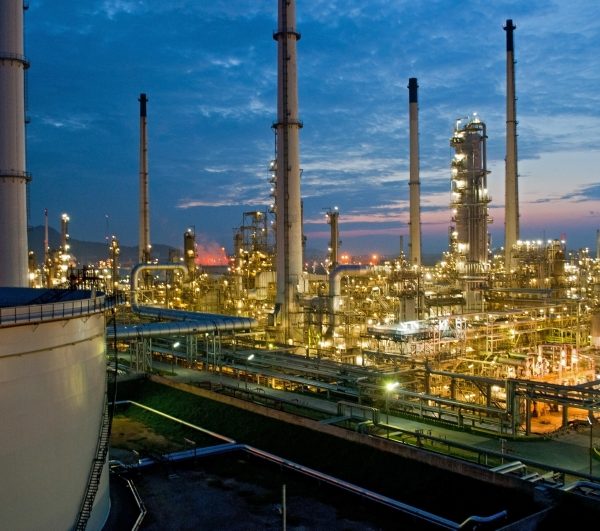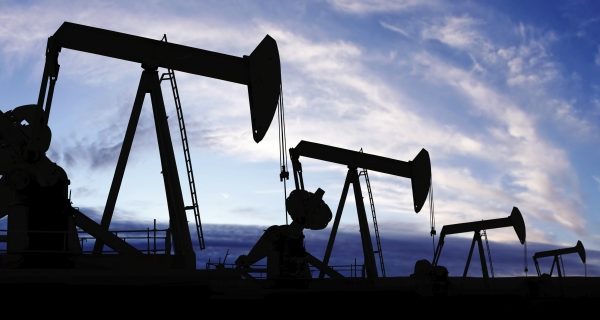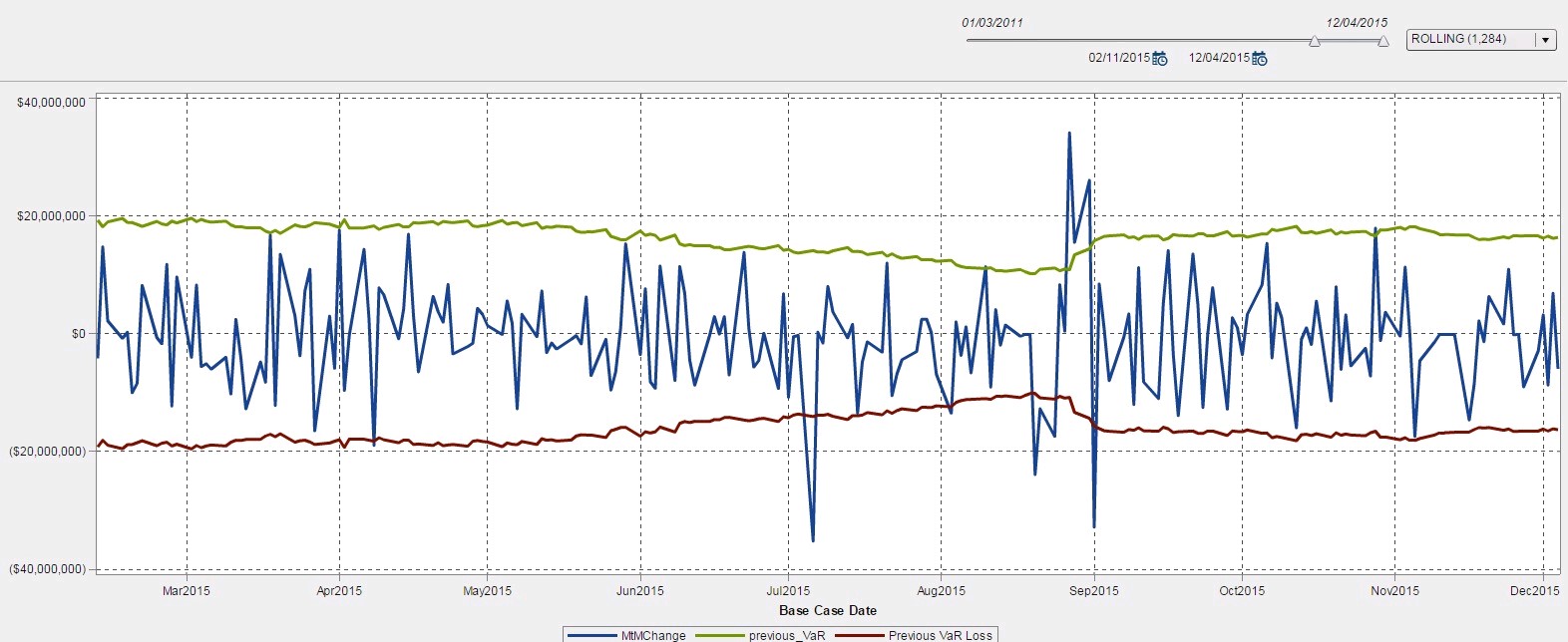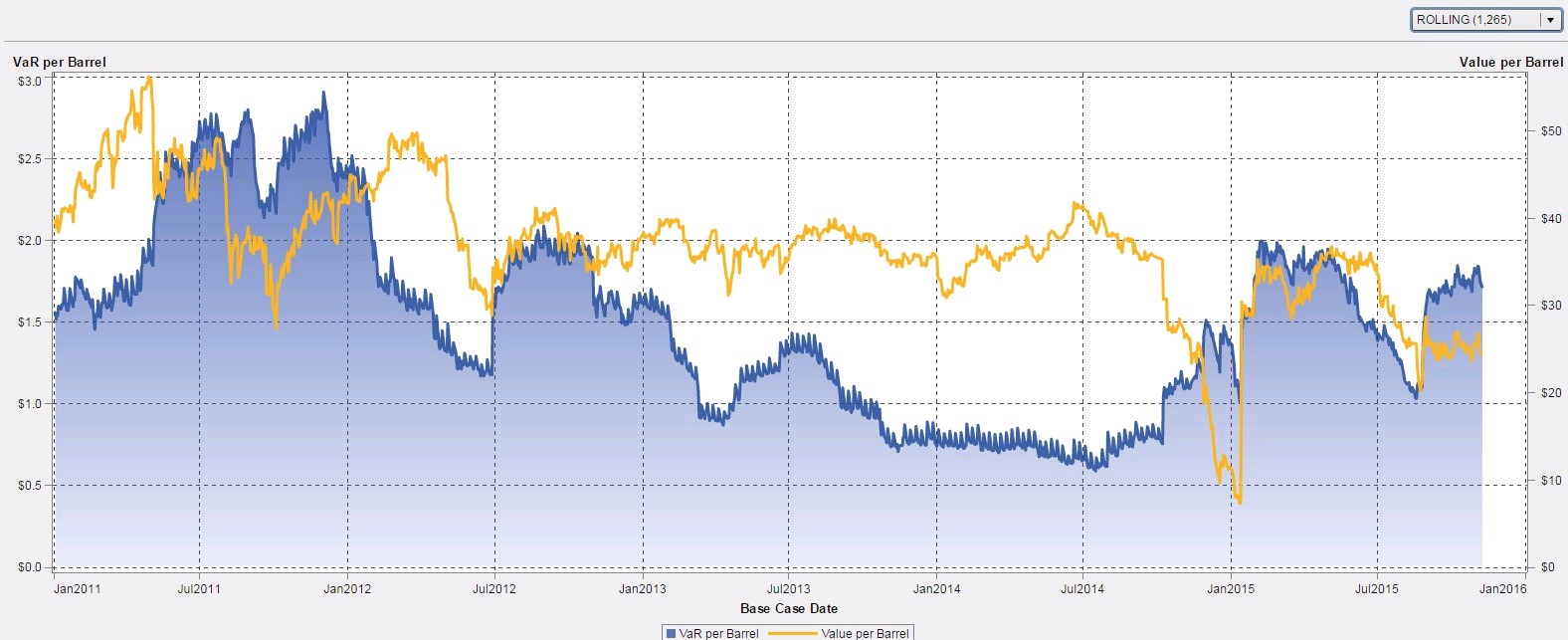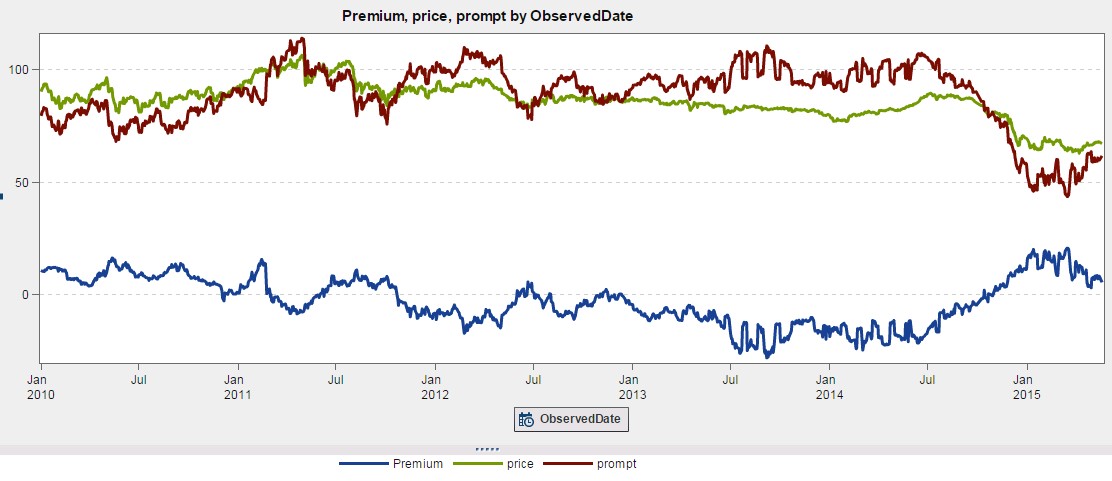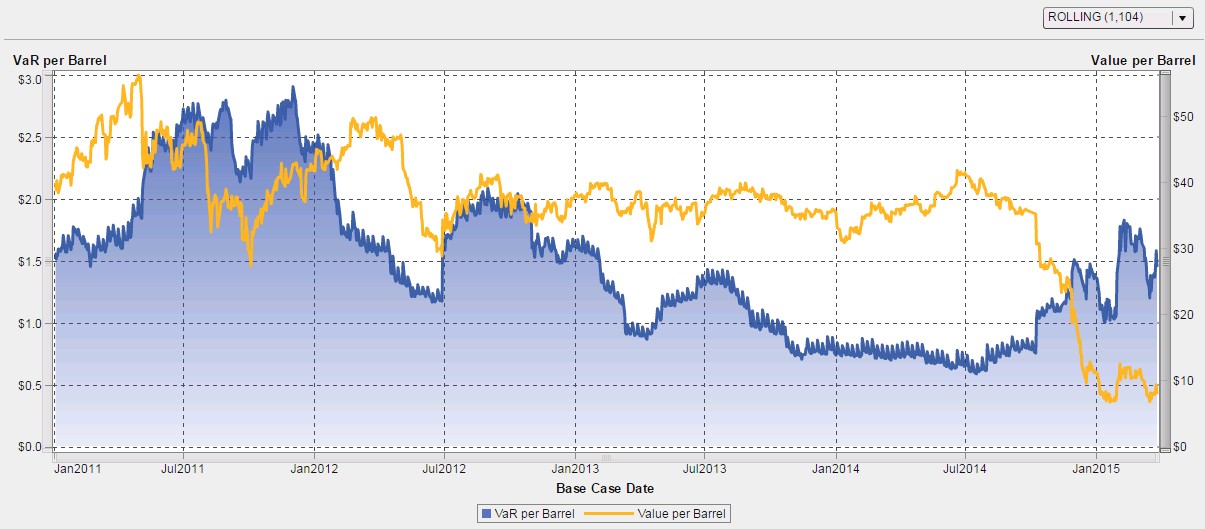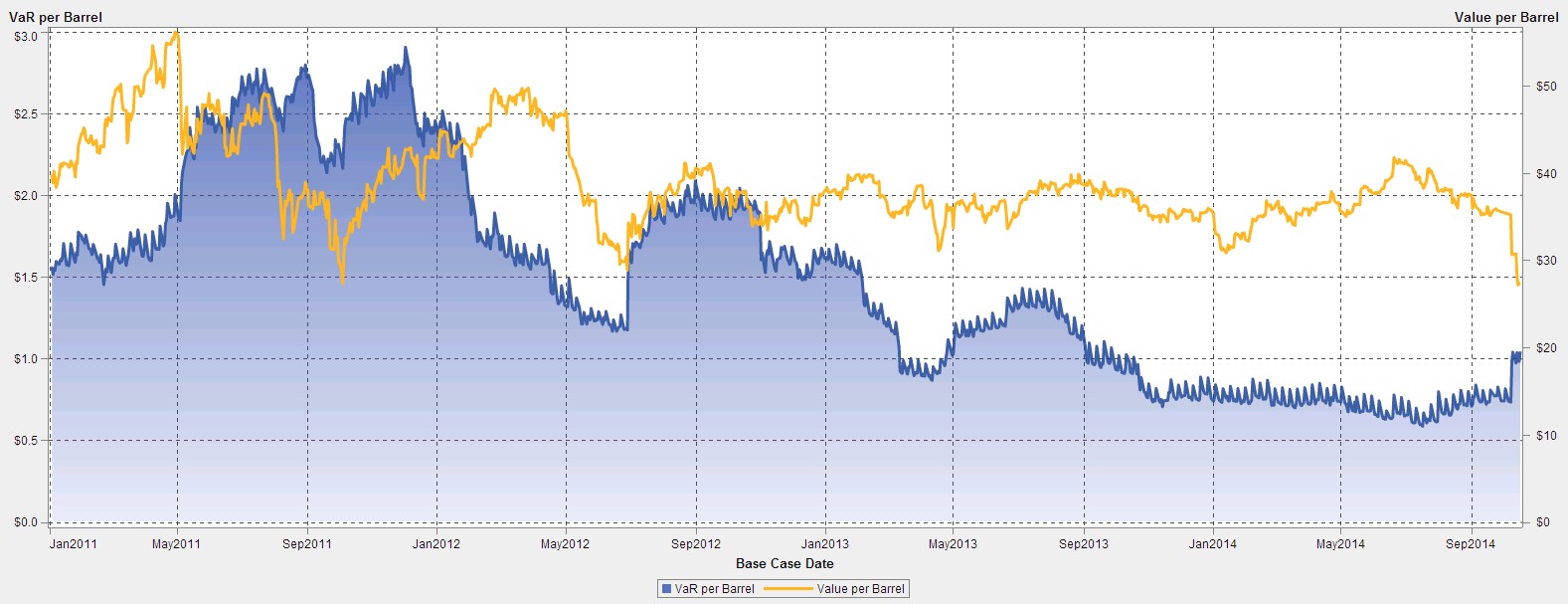
“Analytics” and “data scientist” aren’t new terms, but they are trending buzzwords. The popularity of these concepts has created a false impression: Analytics are mysterious abstractions that can only be decoded if you have a white lab coat and an advanced degree in computer science. The reality couldn’t be more different.


